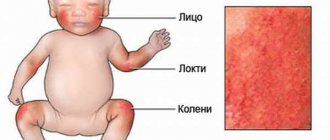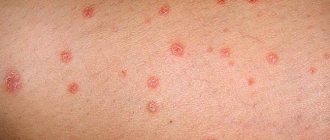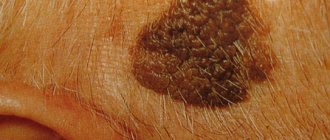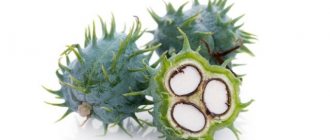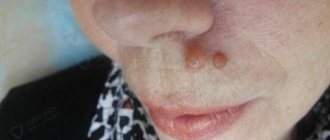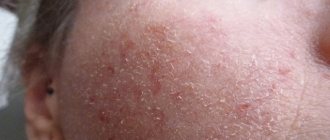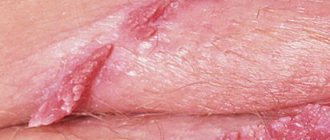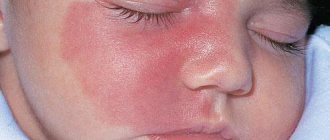Palmoplantar psoriasis is quite common among skin pathologies. It occurs in both children and adults. In this case, the skin is severely injured, becoming susceptible to any irritation. Treatment can take a long time and require an integrated approach: the use of tablets and ointments, courses of phototherapy, and adherence to a special diet.
Palmoplantar psoriasis can occur in adults and children
Causes of development of palmoplantar psoriasis
This disease can be triggered by certain factors:
- Too frequent contact with detergents, solvents, cosmetics.
- If you have recently had a streptococcal infection.
- The mechanism of the disease could be triggered by stress (both psychological and physiological).
- The period of exacerbation of chronic diseases can also have an impact.
- Hormonal disorders.
- HIV infection.
- Constant chafing of the skin on the palms and soles.
- Heredity.
- Taking medications of certain groups: beta blockers, anticonvulsants, sedatives.
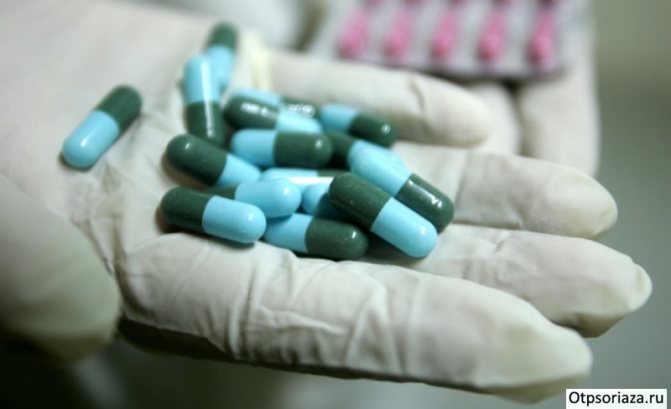
Some medications can trigger psoriasis
Causes of psoriasis of the soles and palms
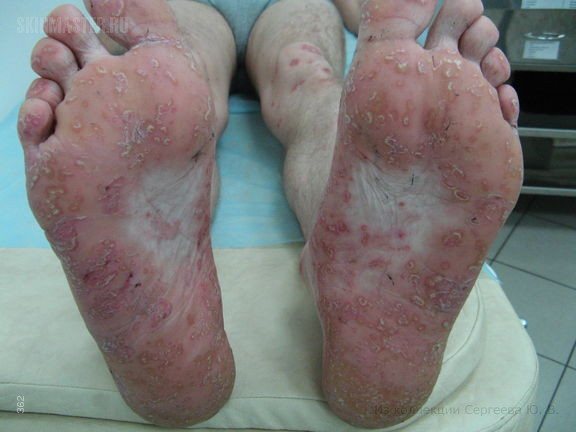
Psoriasis is a chronic disease characterized by periodic exacerbations. Pathology can occur in a person of any age category.
The main causes of this skin disease include:
- hereditary predisposition;
- mechanical damage to the integrity of the skin of the feet and palms;
- palmar psoriasis often appears with prolonged contact with aggressive chemicals: paints, fuels and lubricants, household chemicals and others;
- the use of oral contraceptives, antibiotics, arsenic drugs or beta blockers are among the factors that provoke the development of the disease;
- wearing tight shoes or rough work gloves;
- diseases of the endocrine system;
- prolonged exposure to direct sunlight or low temperatures;
- alcohol abuse and smoking;
- low immunity and frequent stressful situations.
Numerous scientific studies have found that much more often psoriasis of the legs and arms is caused by a genetic factor. The risk group includes people whose relatives suffered from this type of psoriasis. Poor nutrition also affects the occurrence and progression of pathology.
Symptoms and first signs
When the disease mechanism is started, the following manifestations can be noted:
- the skin on the soles and palms of a person begins to peel off;
- small bubbles appear;
- certain areas of the skin are covered with plaques (depending on the type of disease);
- the surface of the plaques is weeping and painful;
- plaques may bleed if scratched.
You can see what palmoplantar psoriasis looks like in the photo.
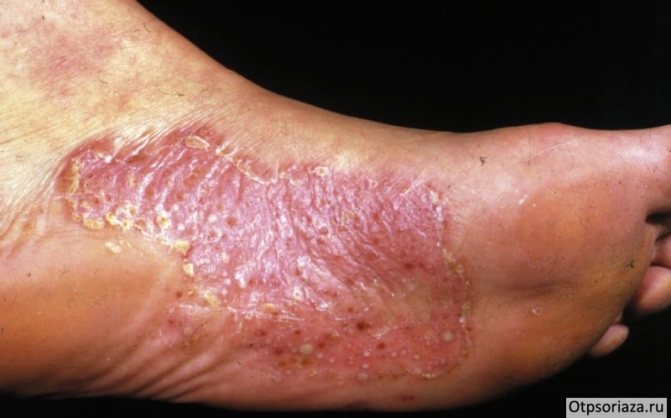
The disease can affect the palms and soles of the feet
If such signs appear, you should not make a diagnosis yourself - seek advice from a qualified specialist.
Prevention of psoriasis of the feet and palms
It should be understood that it is not yet possible to completely cure the disease. Relapses may occur periodically throughout life. In severe stages of the pathology, psoriatic arthritis can occur, which in most cases leads to disability and sometimes death.
To avoid exacerbations of the disease, it is necessary to wear comfortable shoes, preferably made from natural materials, and also to avoid contact with aggressive reagents of chemical origin.
Patients with psoriasis need to follow a diet, avoid stressful situations, and prolonged exposure to water on the skin of the legs and arms. Also, do not allow the skin to dry out and cracks appear.
Remember! Only an integrated approach to the treatment of palmoplantar psoriasis and personal hygiene will eliminate the symptoms and achieve the desired effect.
Types of palmoplantar psoriasis
There are two main types:
- Pustular type, or psoriasis of the palms and soles of Barber. Characterized by the presence of pustules - small bubbles filled with liquid. The skin around them thickens and peels off. Additionally, complications in the form of microbial infections are possible. During this period, suppuration of the pustules occurs. All this is accompanied by unbearable itching. However, this form is highly resistant to therapy, making it difficult to treat.
- Non-pustular type. This case is called ordinary (vulgar) psoriasis. Certain areas of the skin become covered with plaques. Inside these plaques are blood vessels. If they are injured, the plaques may begin to bleed.
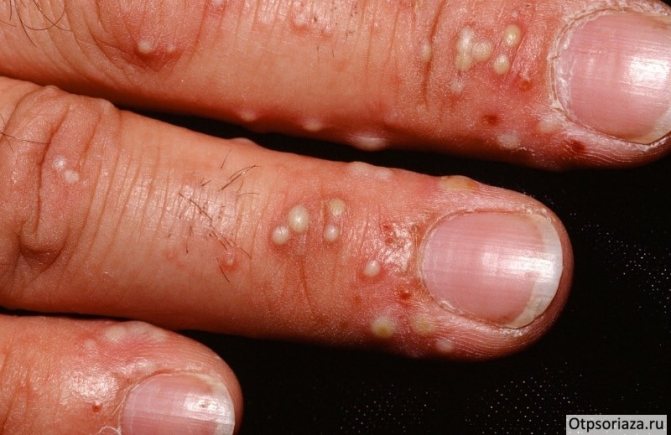
The pustular type is characterized by the presence of small blisters on the skin
Methods of treating the disease
When the autoimmune process has started, monoclonal bodies and steroid hormones are used.
These drugs help suppress the immune system to temporarily reduce cell aggression. Vitamin D derivatives help reduce the process of uncontrolled cell proliferation, preventing the development of the disease. Also on the topic: Treatment of pustular psoriasis
Therapy with pharmaceutical drugs
For internal use:
- Neotizagon. Prescribed when psoriasis has become severe. Apply until the skin recovers. If irregularities occur in keratinization, the dose is reduced.
- Methotrexate. It also helps in the treatment of severe forms. It is a cytostatic drug and helps suppress the uncontrolled division of skin cells. It also has the property of suppressing the immune system in order to temporarily reduce cell aggression.
- Psoril. Suitable if skin lesions are less than 20%. Therapy usually lasts two months, then there is a break for a month.
- Lecithin. Helps significantly reduce treatment time and relapses. Suitable even if fat metabolism is impaired and cholesterol is increased. Usually used in combination with vitamins.
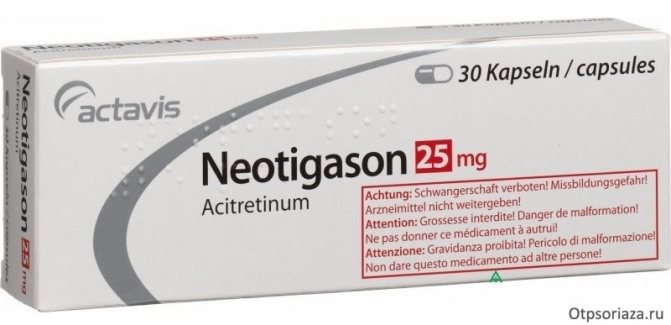
Neotizagon is used for severe disease
For treatment, it is important to use combination therapy - not only tablets alone, but also ointments. In psoriasis, cells begin to divide uncontrollably, causing plaques to form on the skin. Salicylic ointments help soften and remove such areas and relieve inflammation.
Local products:
- Daivobet. Especially recommended for people suffering from vulgar psoriasis. It is not recommended to use for a long time. Should be used with great caution in diabetes;
- Tsinocap. It comes in the form of a cream or aerosol. Does not contain hormones, so it helps remove plaques without side effects for the body;
- Psoril (ointment). Has an antimicrobial effect and helps eliminate flaking. Contains natural herbal extracts, does not contain hormones;
- Uroderm. Contains urea, which affects the intercellular space, filling it with moisture. This helps reduce dryness and eliminate keratinization of the skin.
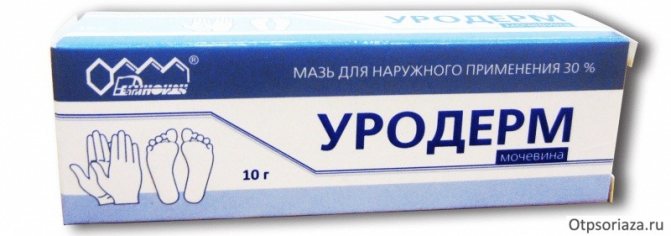
Uroderm will quickly relieve dry and keratinized skin
Phototherapy
This type of treatment uses ultraviolet rays.
The course is selected depending on the medical history. The rays that are invisible to humans, which are part of such radiation, can have a healing effect. Melanin synthesis begins to accelerate. This is important, since it is responsible for skin pigmentation and exchanges vitamin D. Also on the topic: Treatment of psoriasis in sanatoriums in Russia
There are 3 main methods:
- Selective. It is used both for the simple form of psoriasis and at the progression stage. Helps achieve remission. The procedure is carried out in a specialized solarium. It contains a fluorescent lamp, which is necessary for the treatment of psoriasis. This method is often chosen when dermatological manifestations are widespread.
- Narrowband. For this procedure, special gas-discharge lamps are used. This helps prevent burns and irritation. Suitable when foci of inflammation are localized (for example, only the foot).
- Photochemical (photochemotherapy). This combines exposure to ultraviolet rays and drug therapy. A special treatment is applied to the patient’s skin, then phototherapy begins. Additionally, they may prescribe special medications 2-3 hours before the start of the procedure.
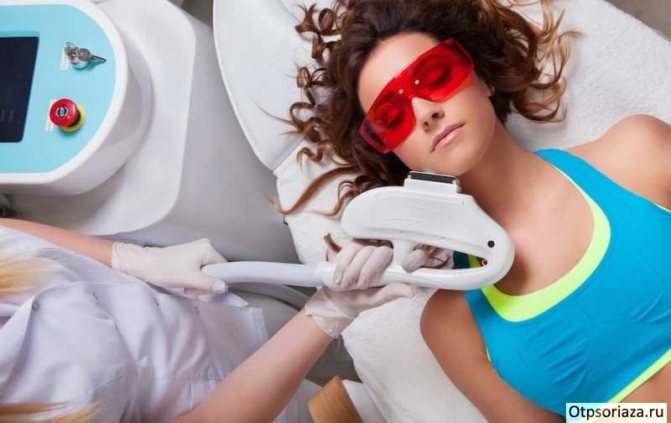
Ultraviolet rays effectively treat psoriasis
Contraindications to these methods are:
- any cancer;
- pregnancy;
- severe hypertension;
- active form of tuberculosis;
- heart and kidney failure;
- thyroid diseases;
- diabetes;
- high sensitivity to light;
- mental disorders.
Treatment with folk remedies
You can help yourself in treating psoriasis at home. But it is necessary to continue using drug therapy. For treatment at home you can try:
- Drink herbal teas (mint, chamomile, linden).
- You can also take special baths (with the addition of a solution of nut shells, essential oils of lavender, jasmine, bergamot).
- To relieve itching and irritation, you can lubricate the skin with moistened oat flakes, a special mixture of beaten eggs, and calendula ointment.
Effective recipes for palmoplantar psoriasis:
Celandine tincture
- chop the roots;
- pour 4 tbsp. spoons of roots 0.5 liters of alcohol;
- let it brew.
Rub problem areas as needed.
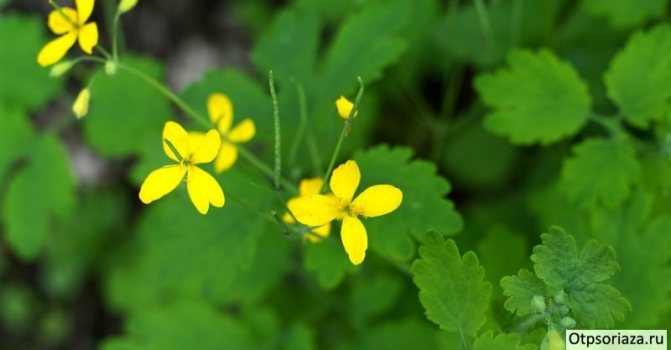
Celandine has healing properties
Egg mixture
- take 2 eggs and 1 tbsp. a spoonful of vegetable oil;
- beat and add half a tbsp. spoons of vinegar;
- Store in a dark place, tightly closed.
Also on the topic: How to cure psoriasis?
Apply at night, lubricating stains.
Walnut bath
- take 500 gr. walnuts;
- remove the kernels from them;
- Pour boiling water over the shells and let it brew;
- then strain;
- fill the bathtub with water, about a quarter full;
- add the strained solution (without shells) to the water
Take this bath for 30 minutes.
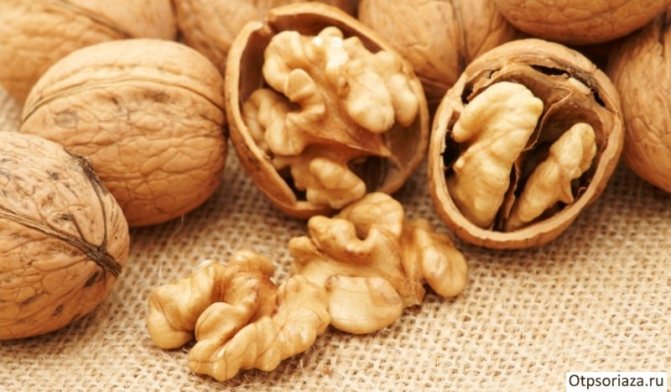
A bath with nuts will improve your skin
Treatment options

Unfortunately, today it is impossible to completely cure palmoplantar psoriasis. Disease therapy for each patient is developed individually, taking into account the area of skin lesions, the shape of the formations, the severity of the pathology and the physiological characteristics of the patient. Conventionally, treatment is divided into systemic, external and physical therapy.
Systemic treatment
Systemic therapy involves the use of medications in a certain dosage, which are selected by the doctor taking into account the physiological characteristics of the patient’s body.
Most often, patients are prescribed drugs whose action is aimed at inhibiting the growth of pathogenic cells. If necessary, drugs developed on the basis of monoclonal antibodies with increased biological activity are used.
External treatment
The most effective means for external use are ointments.
In turn, ointments are divided into:
- non-hormonal . It is best used in combination with herbal decoctions and medications. Treatment with such ointments requires a long time, but the results last much longer. The ointments contain mainly plant extracts, zinc, birch tar and other elements beneficial to the skin;
- hormonal . They are highly effective in the fight against psoriasis, but given the large list of side effects and contraindications, such ointments must be used with extreme caution.

The most common and effective ointments are Dermovate, Antipsor, Triacort, Cutivate, Kenacort, Sulfodercotem, Belosalik.
Physiotherapy
When faced with such an unpleasant diagnosis as palmar or plantar psoriasis, treatment of the disease will be more effective if the use of medications is combined with physiotherapeutic procedures.
In this direction, the doctor may prescribe chemotherapy sessions or ultraviolet irradiation. Such methods significantly alleviate the patient’s condition and contribute to the rapid elimination of the symptoms of the pathology.
For faster and more lasting results, all three methods are usually used in treatment. During the treatment process, it is necessary to follow a strict diet and adhere to hygienic rules for caring for the skin of the hands and feet. This is the only way to stop the progression of psoriasis and prevent complications.
Diet for palmoplantar psoriasis
The diet should be aimed at stabilizing the acid-base balance. You need to eat more vegetables and fruits. For example, beets, carrots, cucumbers, cabbage, dill, onions, caraway seeds. It is necessary to add proteins to the diet (not very fatty meat, eggs, nuts). You also need to eat cereals (buckwheat, pearl barley), dairy products (cheese, cottage cheese). Be sure to take vitamins (A, B, D) to maintain the nervous system and healthy skin and hair. Drink as much water as possible. It is good if it is purified distilled water or fresh juice.
It is useful to cleanse the body and practice fasting at least once a week. On this day it is better to limit yourself to only water. In the morning after such a day, you can drink tea and eat a light salad, and then continue your diet again as usual. A combination of such a diet and fasting days, which lasts at least 2-3 weeks, can contribute to a clear improvement.
Prohibited: alcohol, citrus fruits, chocolate, full-fat milk. Anything spicy or smoked is also undesirable. You should eat honey with great caution, as well as foods containing red pigment - strawberries, red peppers, tomatoes. It is better to reduce the amount of salt.
Reviews
Vladimir 56: “I use psoril in tablets together with ointment. I like its natural herbal composition. The remedy has a pleasant smell. It also does not cause irritation and does not stain clothes. Helps relieve itching and remove plaques. The skin no longer peels. Overall I was pleased."
Kalina: “I use Methotrexate along with injections. After completing the course, the plaques first began to turn white, and then disappeared completely. The skin cleared up, all redness subsided. I feel better. Severe peeling has also stopped bothering me.”
Irishka: “I decided to try Daivobet ointment. I had especially a lot of inflammation on my hands. The doctor prescribed this ointment for me. It helped me. The skin on my hands began to look noticeably better, the dryness disappeared, and flaking stopped bothering me. The only thing is that it’s a little expensive.”

